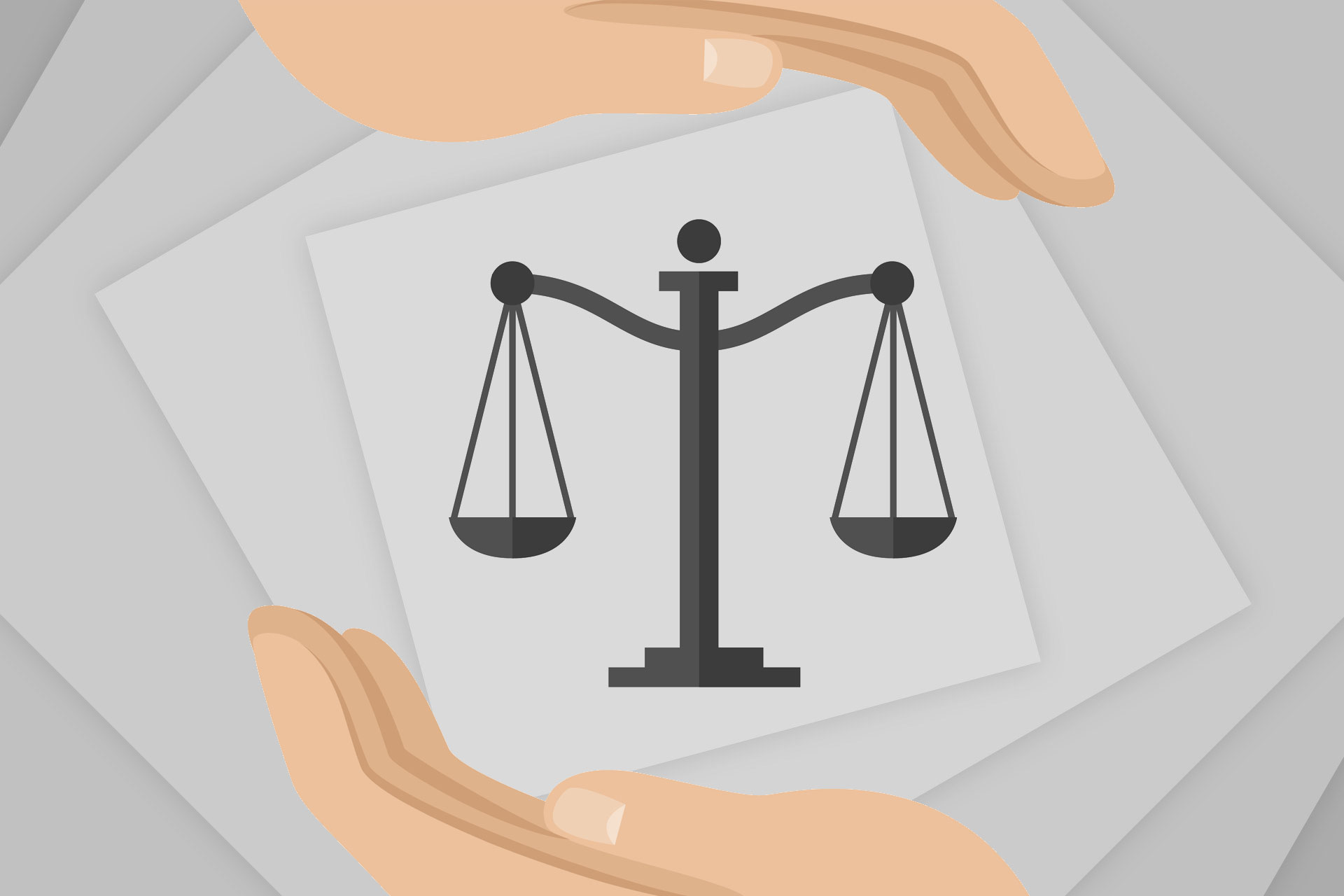THE INDIAN EVIDENCE ACT, 1872
(Act No.1 of 1872)
(15/03/1872 and 01/09/1972)
| 1 | Evidence is simply a means (not an end) to prove or disprove the substantial rights of a person. |
| 2 | The word evidence is derived from the Latin word evident or evidere which means to show/ discover/ prove clearly. |
| 3 | The Indian Evidence Act was drafted by Mr. James F. Stephen (law member of the Law Commission) in 1871 and hence he is known as the founding father of the IEA. |
| 4 | The preamble of the IEA is to consolidate, define and amend (CDA) the law of evidence.(UPAPO-2007) |
| 5 | The IEA is basically a procedural/ adjective law. (MPJ-1989). It has retrospective effect. (MPAPO-1993) |
| 6 | Constitutional Genesis: The law relating to evidence is subject matter of the Concurrent List (Part-III) of the Indian Constitution. The legislature (Union as well as State) has power to make law relating evidence under Entry No.12. |
| 7 | An evidence may be given only of two things— (1) Facts in issue (Principal facts or Factum probandum) and (2) Relevant facts (Evidentiary facts or Factum probans).The whole laws relating to evidence under the Indian Evidence Act, 1872 (hereinafter referred to as the “IEA”) moves around relevancy and admissibility of evidence relating to “facts in issue and relevant facts” |
| 8 | The cardinal rules of law of evidence are—
(1) Best evidence must be given in all cases. (2) Evidence must be confined to the matter in issue; (3) Hearsay evidence must not be admitted.(Exception—Res gestae, admissions, confessions, dying declaration etc.); |
| 9 | Aims of law of evidence—(1) to decide which fact is liable to be proved; (2) how the facts could be proved before the court; (3) to prevent protracted inquiries. |
| 10 | LOGIC Vs. RELEVANCY: The rules of evidence based upon the rules of relevancy. Only relevant evidences (as specifically enumerated in the IEA, 1872) are admitted and not the logical evidences. Thus, logical relevancy and legal relevancy are two different things. A fact connected with other fact may be logically relevant, but it will be legally relevant only when the law declares it to be relevant. Every fact that is legally relevant is also logically relevant but every logically relevant fact may not be necessarily legally relevant. In other words, logical relevancy is genus but legal relevancy is a species. |
| 11 | LEX FORI: Law of evidence is a lex fori. The phrase lex fori means the law of the place of action. Thus, where evidence is taken in country ‘X’ for suit or proceeding in country ‘Y’, the law applicable to the recording of evidence would be law prevailing in country ‘Y’. |
| 12 | STANDARD OF PROOF:In civil matters standard of proof go by probabilities while in criminal matters there must be more certainty and proof beyond reasonable doubt. Thus, in criminal matter degree of proof is comparatively strict. |
| 13 | SCHEME OF IEA
– Total Sections—167; – Chapters—11; – Arranged into III Parts—Part I-Relevancy of facts, Part II-Proof, Part III–Production and effect of evidence. The only Schedule of the Act has been repealed. |
| 14 | WHETHER EXHAUSTIVE ?: The IEA is exhaustive i.e. it purports to contain all the rules of evidence. [However, some authors treat the evidence Act as non-exhaustive as it does not contain the whole of the rule of evidence.] |
| 15 | APPLICABILITY: The IEA uniformly applies to civil and criminal proceeding. However, certain provisions of the Act apply only to civil proceeding (i.e. estoppel) and criminal proceeding (i.e. confession) while other provisions apply to both civil and criminal proceedings. |
* Prepared by Team LegalMines. Further information as to IEA shall be uploaded in sequential manner on regular basis. Typographical error, if any, is advertent. The copyright as to the contents and the style are with LegalMines.
